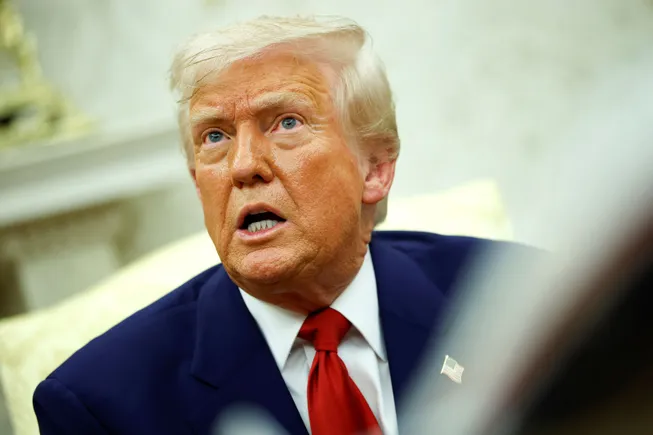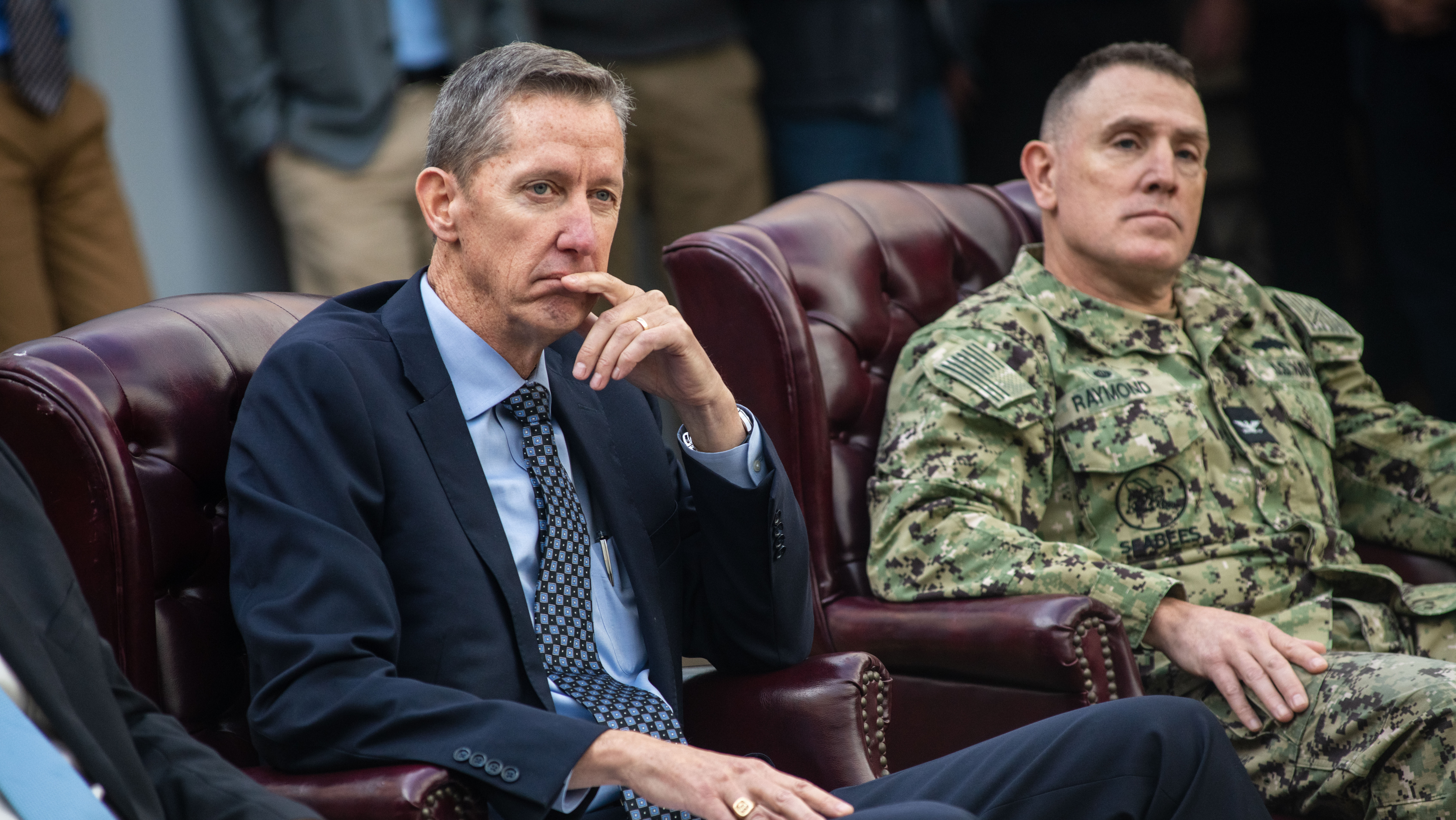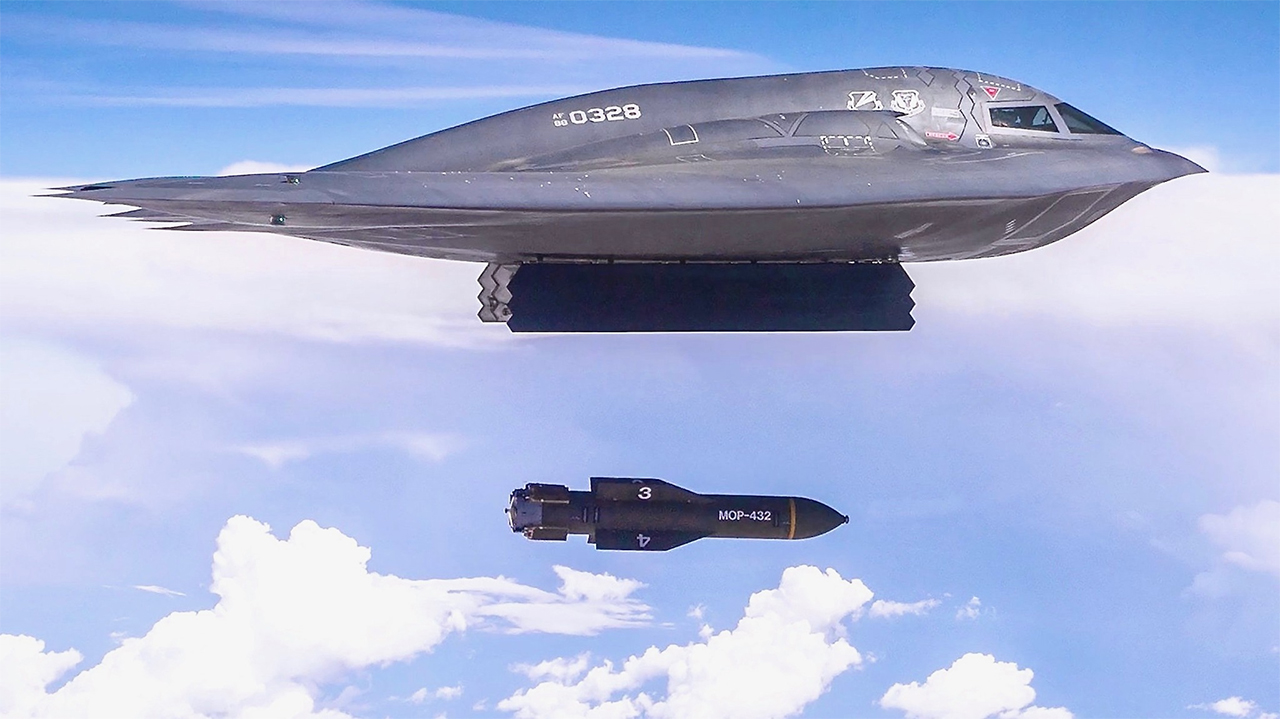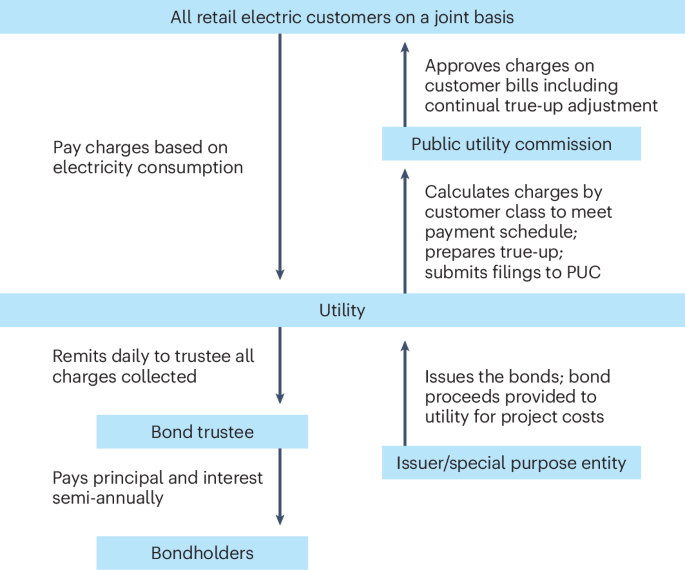Congress approved a budget blueprint with up to $150B extra for defense. Now comes the hard part.
The House and Senate armed services committees have been directed to figure out how to spend extra defense funding, but have been given different monetary targets.
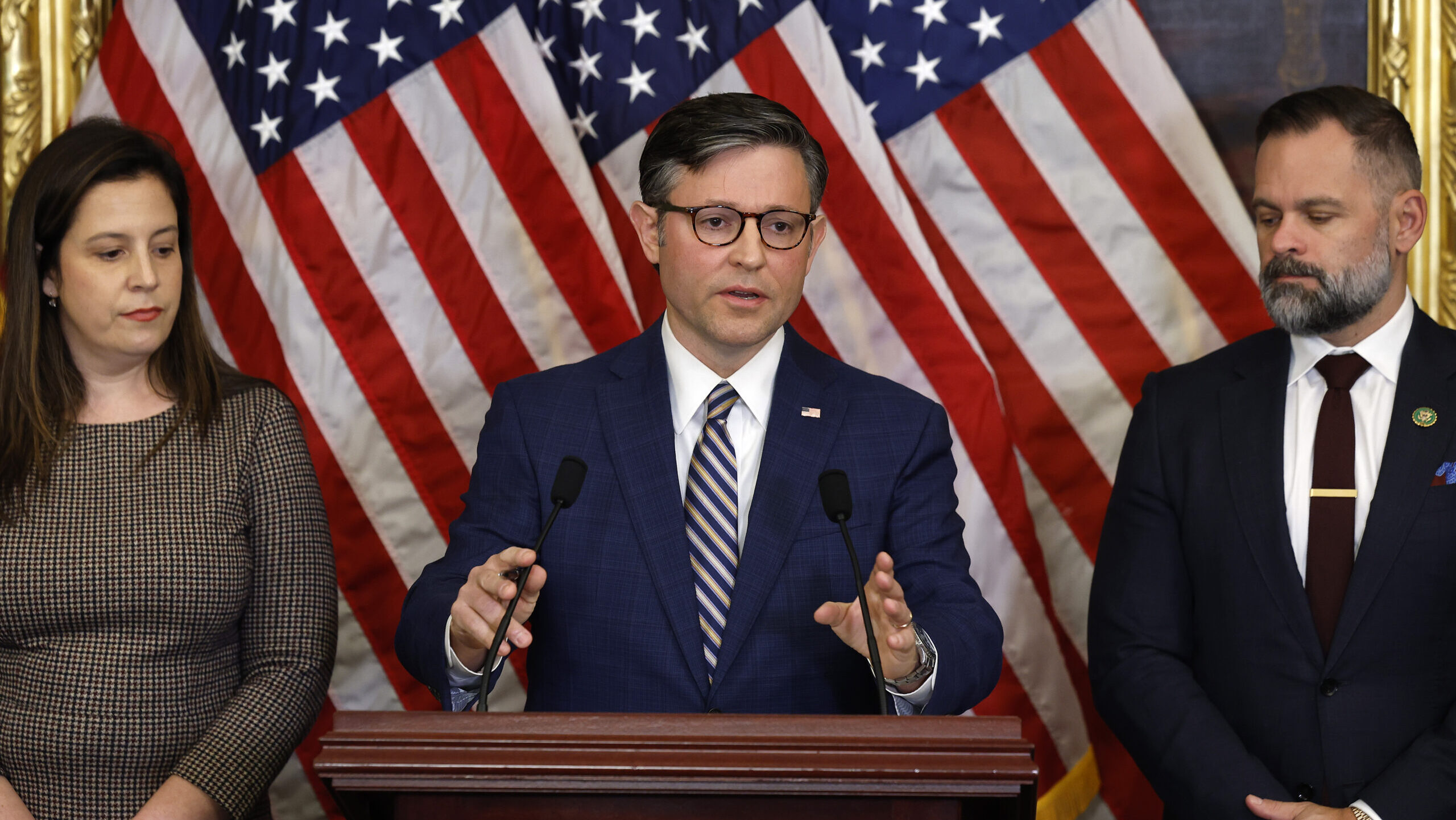

Speaker of the House Mike Johnson (R-LA) is joined by Rep. Elise Stefanik (R-NY) and Rep. Cory Mills (R-FL) for a news conference with family members of people kidnapped by Hamas in the Rayburn Room at the US Capitol on November 07, 2023 in Washington, DC.(Photo by Chip Somodevilla/Getty Images)
WASHINGTON — Both the House and Senate have approved a GOP-led budget resolution that would add up to $150 billion for defense.
Now comes the hard part: deciding exactly where that money goes, on top of sorting out even more controversial challenges such as raising the debt ceiling, extending previous Trump-era tax cuts, and laying out up to $1.5 trillion in spending cuts elsewhere in the federal budget.
This morning, the House voted 216-214 to pass the budget blueprint, with two Republicans — Reps. Thomas Massie and Victoria Spartz — voting no. The Senate previously passed the resolution in a 51-48 vote last week, with Republican Sens. Susan Collins and Rand Paul joining Democrats against the measure.
Passing the budget resolution unlocks a process known as reconciliation, which allows a party with a slight majority in both chambers to push through legislation without the threat of filibuster. President Donald Trump and congressional Republicans hope to use reconciliation to push through White House priorities on defense, border security and sweeping federal spending cuts without having to make concessions to Democrats.
For defense, the budget proposal directs the House Armed Services Committee to expand the federal deficit by $100 billion, while giving the Senate Armed Services Committee $150 billion in purchasing power. The committees will each develop a list of funding priorities separately, and then reconcile the lists into a single funding mandate with a total of $150 billion or less later into the process.
RELATED: DoD should use $100B plus reconciliation money on downrange needs: Wittman
In an April 6 note to investors, Roman Schweizer of TD Cowen said that $150 billion is the most likely end point, with the funding put on contract over the next four years — essentially, during the tenure of the Trump administration — and paid out over the next decade.
“We understand HASC & SASC chairs are looking at six spending “buckets” to apportion the money and [SASC Chairman] Sen. [Roger] Wicker’s (R-MS) defense investment plan may be a good starting point,” he wrote in the note. (Wicker has told Breaking Defense that he’d like to see reconciliation funds used to help pay for Trump’s Golden Dome missile defense system, shipbuilding and submarine production, and sixth-generation fighter aircraft.)
Byron Callan, an analyst with Capital Alpha Partners, said last week that it is an “open question” how differences between the House and Senate versions of the budget resolution are resolved during the reconciliation process.
“We reiterate that the $100 billion for Defense in the House version and $150 billion in the Senate one are off a baseline,” he wrote in a note to investors. “If these increases are spread over a couple of years, then defense budget authority may not look much different from the last Biden administration plan.”
RELATED: Additional funds in reconciliation bill ‘may not be enough’: SASC chairman
While the Pentagon and defense industry are closely watching to see how reconciliation alters Defense Department spending, those negotiations are likely to be much less difficult and controversial than other budgetary matters handled through reconciliation — chiefly, a massive package of spending cuts
House Speaker Mike Johnson, R-La., successfully got the budget proposal over the line after assuring House Republicans that Congress would aim for the $1.5 trillion in spending cuts laid out in the House version rather than the $4 billion laid out for the Senate.
In an early morning press conference with Senate Majority Leader John Thune, Johnson said the House was committed to finding at least $1.5 trillion in savings, adding, “I can tell you that many of us are going to aim much higher.”
Thune, speaking after Johnson, said that the Senate is aligned with the House on spending cuts, but did not go as far as to say that the upper chamber will generate $1.5 trillion in cuts.
“The Speaker talked about $1.5 trillion. We have a lot of US senators who believe that is a minimum,” he said.





























































